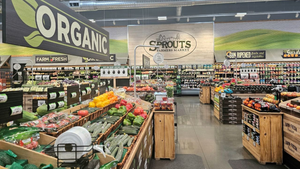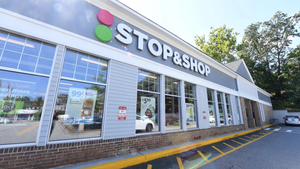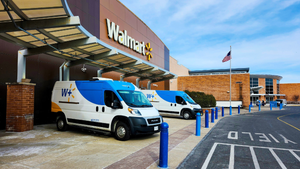EXPERTS: RETAILERS RESPONSIBLE FOR FOOD SAFETYEXPERTS: RETAILERS RESPONSIBLE FOR FOOD SAFETY
LAS VEGAS -- When it comes to hot-button safety issues, many people feel that food is the next tobacco. Retailers must know their responsibilities in stamping out the flames of a food safety crisis, two food industry veterans noted recently.Mike Read, vice president of public and legal affairs at Winco Food, Boise, Idaho; and Kevin Murphy, marketing manager of Chicago-based Vance Food Systems Group,
March 7, 2005
Bobbie Katz
LAS VEGAS -- When it comes to hot-button safety issues, many people feel that food is the next tobacco. Retailers must know their responsibilities in stamping out the flames of a food safety crisis, two food industry veterans noted recently.
Mike Read, vice president of public and legal affairs at Winco Food, Boise, Idaho; and Kevin Murphy, marketing manager of Chicago-based Vance Food Systems Group, talked recently about the retailer's role in managing food safety problems.
Since the retailer is the final point of customer interface, the role of the retailer is that of a brand guardian, Murphy said. He noted that one definition of the food system is "the group of people that must work together in order to respond to specific consumer demands. The whole system begins with, is fueled by, and ends with the customer.
"People are looking at labels and scrutinizing the contents more than ever," Murphy explained. "They're studying it on a deeper level, not just on a nutritional level, but studying how the product is packaged. Lawyers today are preparing themselves for food litigation. When a crisis arises and you're in the loop, you will be asked what you did to plan for it. You can be brought up or indicted for your failure to plan. We found that everyone in the product chain talks forward one step -- they talk to the people they're selling to. But no one is doing a good job communicating within the entire system. Communication is the missing link."
"You are the point of customer interface, and you need to communicate that back down the chain," he added. "When a customer comes to your meat counter and asks a critical question, the worst thing you want to have happen is for someone to ad-lib an answer.
"To quote Sergio Lyman of Coca-Cola, 'Either you position your product, or someone else will.' The three important steps are: Have an overall farm-to-fork chain view; know what's happening at the different steps throughout the chain; and have full-circle communication.
You have to act."
Read concurred that better, more effective communication heads the list of the retailer's responsibilities in food safety, as it relates to the prevention of foodborne illness, whether by chemical, physical or biological hazards. He noted that food security may also be at risk through the action of terrorists or economic damage.
Retailers need to safeguard the food they sell, he said. There are 76 million illnesses, 325,000 hospitalizations and more than 5,000 deaths attributed to foodborne illnesses annually, according to U.S. Food and Drug Administration statistics, he said. Read explained that food traceability will be required under the Bioterrorism Act, through radio frequency identification and other scannable codes, hard copy or electronic records -- chronicling where food came from and, if a distributor, where it went.
"More and more, food security is becoming an issue more than food safety," Read said. "Homeland Security is reaching out now to try to get a better handle on food security. While we have the safest food in the world, we still need to assure our customers. When lightning strikes, do your homework first. If you are a producer or distributor, notify all your retail customers. Find out the scope of the problem and get the supplier involved. Get out of the spotlight as soon as possible. Involve the appropriate regulatory representatives up front -- they may be your best allies -- and be in compliance. Be aware of your legal rights so you can act responsibly on behalf of your company."
Read said that while this communication process is unfolding, retailers must remove the defective or dangerous product from sale and distribution promptly.
"Internal communication to do this is your first priority once you have identified the issue, the products affected and where they went," he added. "Identify a recall committee within your company."
"This is a subject where an ounce of prevention is definitely worth a pound of cure," Read said.
About the Author
You May Also Like
.webp?width=300&auto=webp&quality=80&disable=upscale)



